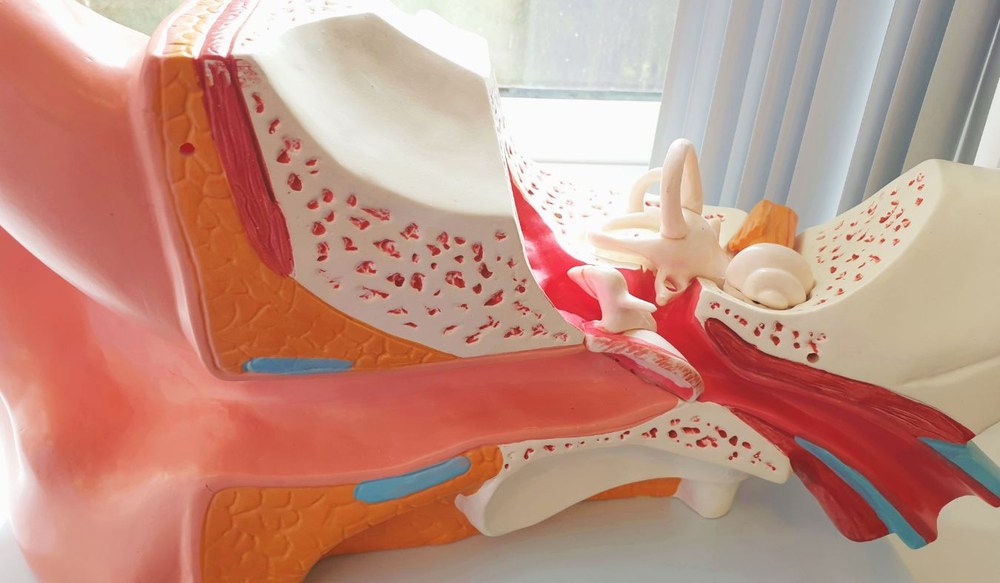Why Regular Hearing Checkups Are Important After Age 50
After the age of fifty, it’s common to notice gradual changes in how you


After the age of fifty, it’s common to notice gradual changes in how you

Seeing a loved one experience hearing loss can affect the flow of everyday

Tinnitus, often described as ringing or buzzing in the ears, can vary from